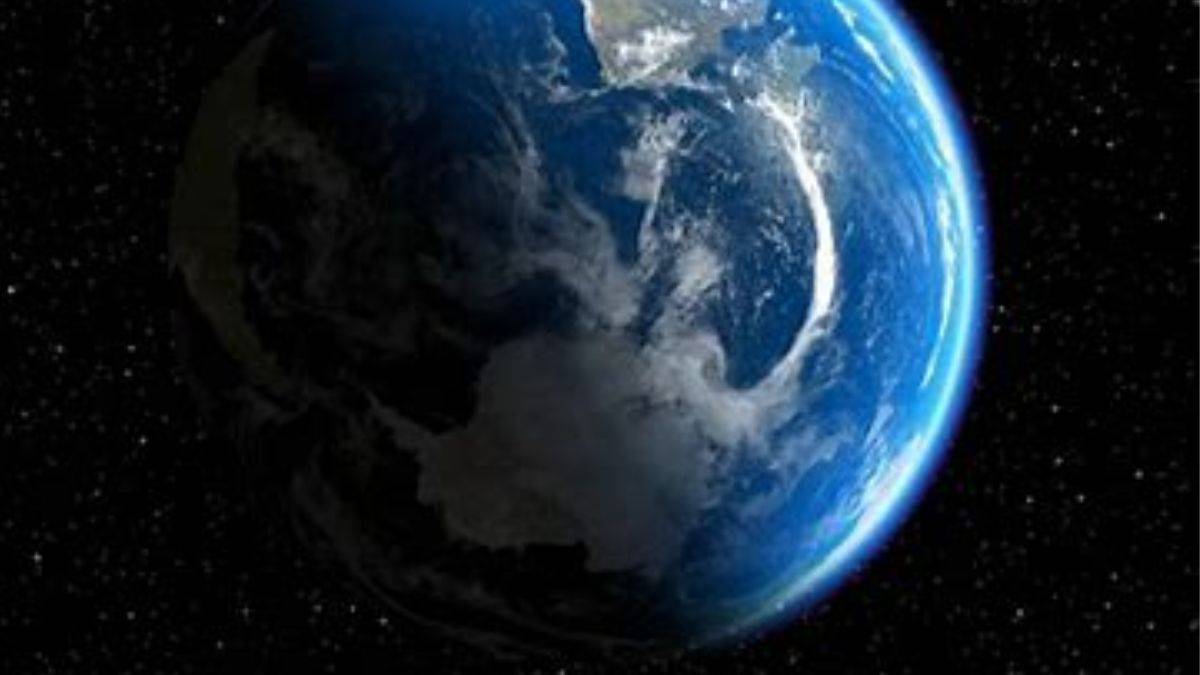How was Earth formed and the stages through which it came into its current state

To comprehend how stars and other celestial entities were created in the universe, one must undertake a highly challenging process that calls for extensive investigation. Based on centuries of scientific study and space observations, we do have some answers to the question of how the Earth was formed. This mystery has been the subject of various scientific investigations.
The history of the Earth’s growth resembles that of the Solar System. Earth, the third planet from the sun, is the only place where there are probably living things. Earth is the only other world that has liquid water on its surface.
We will attempt to do so here to gain a better understanding of the processes and reasons involved in the formation of the Earth.
The three stages it took for Earth to reach its current state
To get to where it is now, Earth passed through three stages.
Earth is believed to have gone through three separate stages of evolution, similar to the other inner planets.
1. The accretion stage describes the formation of a planet from solar system particles that were already present when they collided to produce ever-larger objects.
2. The extremely young planet Earth was struck by a protoplanet in the second phase. This is thought to have occurred more than 4.5 billion years ago and may have helped shape the moon.
3. During its last stages of development, the planet was pummeled by asteroids.

How did the Earth’s early atmosphere function?
Scientists believe that the majority of the early Earth’s atmosphere was composed of the elements hydrogen and helium. As the globe changed and the crust began to form, volcanic eruptions were common. These volcanoes caused the atmosphere of the Earth to be filled with water vapor, carbon dioxide, and ammonia.
As a result, the seas began to form throughout time, and eventually, basic life began to emerge close to the oceans.
Gas and dust particles
A moving cloud of gas and dust covered a section of the Milky Way Galaxy billions of years ago. The remnants of a long-dead star that had undergone a supernova explosion were also present. The gas and dust particles were initially far away even though they floated.
But soon after, a nearby star also had a supernova explosion, sending shock waves of energy and light through space and drawing the gas and dust in this cloud closer.
The formation of the disc and the sun
The cloud of gas and dust quickly gathered into a massive ball, which became bigger due to gravity’s gravitational attraction. The interaction between the gas and dust particles and the intense nuclear reaction inside the cloud ball caused it to change into a sun-like star. In contrast, the protoplanetary disk, a large disk of gas and dust, started to spin around the sun.
Formation of baby planets
As the gas and dust particles progressively re-approached one another, the process of planet formation started. The gas and dust particles continued to orbit the sun but eventually began to mix and enlarge. Greater quantities of dust and gas particles started to coalesce from these bodies, and one of them eventually created our Earth.
Giant planets
The planets Mercury, Venus, Mars, Jupiter, Saturn, Uranus, and Neptune, as well as their moons, however, also contained other elements. Because the infant planets were spinning, they drew material from their surroundings, expanding in size. Numerous stones were crashing into our Earth and falling there. During the process, this material heated up and transformed into a sizable ball of molten rock.
Moon formation
In the meanwhile, a big incident took place. The Earth expanded after colliding with another massive body, but a portion of it also started to float in the outer reaches of space, eventually becoming the moon, our planet’s only naturally occurring satellite.
Although other scientists also reject this hypothesis, it is currently the most popular. Earth had a lot of volcanoes at that time.
Earth cooling
It took a while for the Earth to start cooling down. Earth’s seas and oceans started to form as a result of the ice melting, which was triggered by the entry of numerous ice boulders and gas. Long after the deep layers of molten rocks had cooled, the surface layer of the Earth continued to cool and solidify while the deep layers remained warm.
The environment on Earth improved for life after that. Animals and other living creatures evolved as a result of the earth’s atmosphere, ocean, trees, and vegetation. During this epoch, there were multiple extreme seasonal shifts and catastrophic occurrences that led to the development of numerous new species.
In the interim, dinosaurs appeared and died. Then, a few million years ago, people started to develop on Earth.


